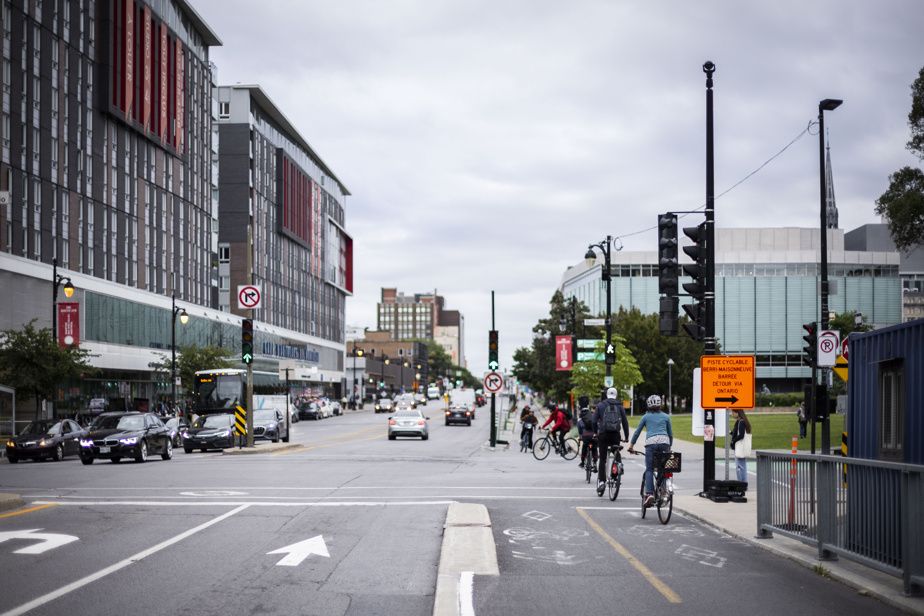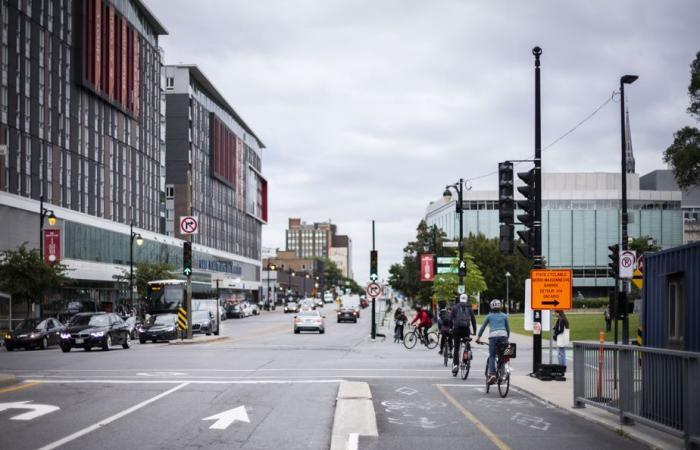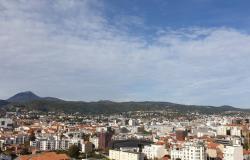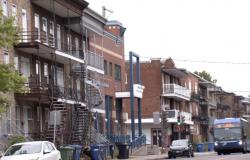The intersection of Ontario and Berri streets is the most dangerous in the eyes of Montreal cyclists, reveals a new study conducted this spring by McGill University with 1,500 two-wheel users, who draw up the top 10 of the worst sectors.
Posted at 10:53 a.m.
“Intersections are the most vulnerable areas for collisions involving cyclists, pedestrians and cars. Those highlighted in this survey must be redesigned to improve the safety and comfort of all,” says doctoral student at the McGill School of Urban Planning, Hisham Negm, who is one of the main architects of the research.
Conducted by the Transportation Research group at McGill University (TRAM), the online survey of some 1,500 respondents immediately reveals that the Ontario-Berri intersection is the one considered the most dangerous by cyclists, followed by near the crossroads between avenues du Parc and du Mont-Royal.
The ten most dangerous intersections
- Ontario and Berri
- of the Park and Mount Royal
- Saint-Joseph East and D’Iberville
- Papineau and Crémazie
- From Maisonneuve and Décarie
- De Maisonneuve and Berri
- Saint-Urbain and President-Kennedy
- Sainte-Croix and Côte-de-Liesse
- Dickson and Notre Dame
- of La Vérendrye and the Church
PHOTO SUPPLIED BY TRAM, MCGILL UNIVERSITY
The ten mapped intersections
In all of these sectors, the TRAM team recommends that the City of Montreal “analyze areas where bicycles come into conflict with vehicles and pedestrians to identify the reasons for collisions and near-accidents.” or even “collect and study cyclists’ preferred routes”.
The objective would ultimately be to “redesign dangerous intersections to prioritize safety and smooth travel, by proactively preventing collisions,” the researchers persist.
At Vélo Québec, president and general manager Jean-François Rheault recalls that all targeted intersections “have four or more car lanes”. “We also see that these are streets without cycling infrastructure, or which were built a long time ago, like Berri and Maisonneuve, which are bidirectional and not adapted to the flow of cyclists,” he notes.
“The good news, that said, is that on Berri, du Parc and Mont-Royal, there are cycling redevelopment projects planned in the coming years. The City has obviously identified several of these places as priorities,” adds Mr. Rheault.

PHOTO SARAH MONGEAU-BIRKETT, LA PRESSE ARCHIVES
The bike path on Berri Street, at the corner of Ontario Street.
The Berri Street cycle path must, for example, be redeveloped in the coming months in order to create two one-way lanes on each side. “This will allow more intuitive and simple movements at intersections, for all modes,” judges the manager.
Mr. Rheault invites Montreal to further accelerate its security measures. “At the moment, they are mainly following the pace of repairing underground infrastructure. That’s good, but we also need to make transitional projects and develop new areas. The City has not yet found the recipe to move projects forward quickly,” he says.
“Designing for cycling is about more than adding bike lanes. To ensure the safety of all road users and facilitate the movement of cyclists, these paths must be well designed and connected,” recalled Mr. Negm.








